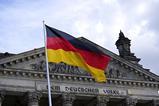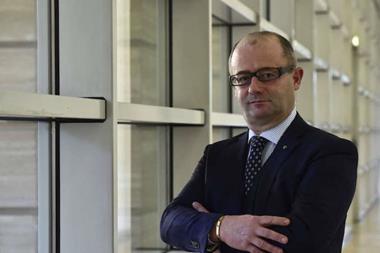Deutsche Rentenversicherung (DRV), the administrator of Germany’s state pension scheme, has recorded an increase in the amount of contributions received in the first six months of the year to a total of €132.98bn, compared with €126.47bn in the same period in 2021, according to the latest figures published by DRV.
Contributions have progressed from €21.44bn in January to €23.04bn in June this year, compared with €20.65bn in January and €21.86bn in June last year.
The situation in terms of financial reserves has improved in H1 this year, from €38.90bn in January to €41.36bn in June, according to the figures. Liquidity has recorded an uptick, from €41.59bn in January to €43.99bn in June.
This year seems to have impacted DRV less severely than 2020, the first year of the COVID-19 pandemic, when financial reserves decreased in the first five months of the year, from €40.4bn in January to €36.9bn in May, recording an uptick to €37.2bn in June.
Liquidity declined in the first half of 2020 from €42.6bn in January to €39.1bn in May, but shot up again in June to €39.4bn, according to figures published by DRV.
In 2021, DRV recorded an income of €341.06bn, up from €328.77bn in 2020, including €260.94bn from contributions, €51.38bn from government subsidies, and €27.47bn from additional subsidies from the government, accordion to data published by DRV last year.
Expenses for the first pillar scheme stood last year at €341.60bn, up from €288.98bn in 2020, including €296.22bn for pensions, €4.3bn for administrative costs, €22.88bn in contributions for pensioners’ health insurance (KVdR), and €7.04bn in benefits.
The German government is planning to reform the DRV from a pure pay-as-you system to a mixed system with a capital-funded component – the so-called Aktienrente model.
According to plans, the government intends to deploy in a first step €10bn to the DRV, which will be allowed to invest in capital markets.
The latest digital edition of IPE’s magazine is now available

















No comments yet